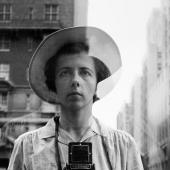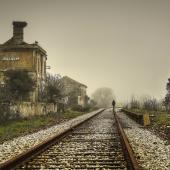Alexey Kljatov
The Russian photographer Alexey Kljatov drew attention as early as 2013, when the first pictures of his fascinating snowflake recordings went virally around the world. He has not stopped creating these amazing photos. The results are getting more precise.
You basically assume that you need a very expensive equipment for professional macro shooting. Alexey Kljatov proves the opposite. The Russian photographer claims that any photographer with a simple point and shoot camera can achieve very good snowflake pictures.
The artist has developed a very own technique to bring out the amazing results. For this purpose, he attached a Helios 44M-5 macro lens to his Canon Powershot A650is. He creates a detail precision in his photos, which has no equal, with a simple construction made of screws, tape, boards and discarded camera parts,
Inspired by the website "Snow Crystals" by the physics professor Kenneth Libbrecht, who is researching at the California Institute of Technology, Kljatov decided to take the first pictures of the small crystals in 2012. Libbrecht has written several books dealing with the molecular dynamics of crystal growth scientifically.
Alexey Kljatov mostly uses a dark woolen fabric as background. Against this background, the snowflakes look like "precious gemstones in a jeweler shop". Sometimes, however, Kljatov takes a coloured glass background with a flashlight nearby. This way, the snowflakes can be imaged in front of diverse coloured backgrounds.
Important for snowflake photography is that it must be very cold. Temperatures in between minus 10 and minus 22 degrees Celsius are required for fine macro photography. The more humid the air, the finer arms develop in the crystal. At about 13 degrees centigrade, further star-shaped arms form on the six-dimensional base. The lower the degrees of minuscule, the more branched the "dendrites". Snow scientists in total explore 80 different crystal shapes.




